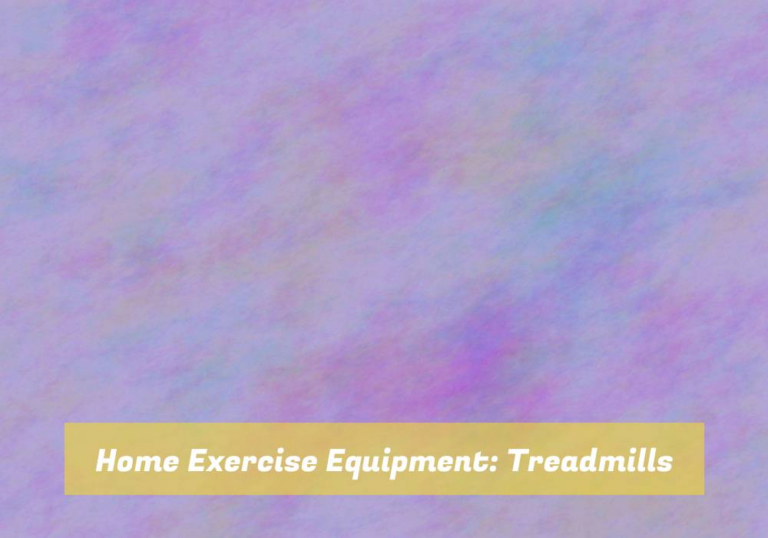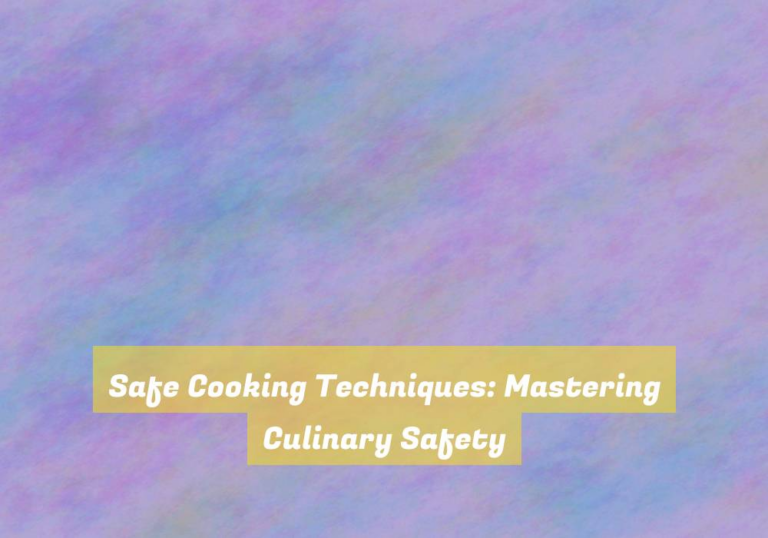Breathing Exercises: A Global Approach to Stress Reduction
You breathe every day, but did you know that the way you breathe can have a significant impact on your stress levels?
From yogic breathing techniques to Qigong and Tai Chi practices, various cultures around the world have developed unique breathing exercises aimed at reducing stress and promoting overall well-being.
These global approaches to stress reduction offer a diverse range of techniques that tap into the power of breath, providing a fascinating insight into the interconnectedness of mind and body.
Yogic Breathing Techniques
To practice yogic breathing techniques, begin by finding a comfortable seated position and gently close your eyes. Take a moment to focus on your breath, allowing it to flow naturally at first. Then, start to deepen your breath by inhaling deeply through your nose, filling your lungs with air, and then exhaling slowly and completely. As you continue this pattern of deep breathing, concentrate on making your inhales and exhales of equal length. This balanced breathing technique, known as G??Sama Vritti,G?? can help to calm your mind and reduce stress.
Another yogic breathing practice you can incorporate is G??Nadi Shodhana,G?? or alternate nostril breathing. To do this, use your right thumb to close your right nostril and inhale through your left nostril. Then, use your right ring finger to close your left nostril as you exhale through your right nostril. Inhale through the right nostril, close it with your thumb, and exhale through the left nostril. This technique is believed to bring balance to the left and right hemispheres of the brain, promoting a sense of harmony and tranquility.
Practice these yogic breathing techniques regularly to experience their stress-reducing benefits.
Qigong and Tai Chi Breathing
Practicing Qigong and Tai Chi involves incorporating rhythmic and diaphragmatic breathing techniques to cultivate a sense of calmness and centeredness in both body and mind. These ancient Chinese practices emphasize the connection between breath, movement, and mental focus.
As you engage in Qigong, the focus is on slow, deliberate movements combined with deep, intentional breathing. The breath is coordinated with each movement, fostering a state of relaxation and mindfulness. Similarly, Tai Chi incorporates a series of gentle, flowing movements accompanied by deep, slow breathing. The emphasis is on harnessing the flow of G??chi,G?? or energy, through the body, achieved through synchronized breathing and movement.
Both Qigong and Tai Chi breathing techniques aim to enhance the bodyG??s vital energy, reduce stress, and promote inner peace. By integrating these breathing techniques into your daily routine, you can experience improved mental clarity, reduced anxiety, and a greater sense of overall well-being.
The rhythmic and intentional nature of Qigong and Tai Chi breathing provides a powerful tool for managing stress and nurturing a balanced and harmonious state of being.
Mindful Breathing Practices
Consider incorporating mindful breathing practices into your daily routine to promote relaxation and reduce stress.
Mindful breathing is a powerful technique that involves focusing your attention on your breath and being present in the moment. Start by finding a quiet, comfortable place to sit or lie down.
Close your eyes and take a few deep breaths, paying attention to the sensation of air entering and leaving your body. As you continue to breathe, observe the natural rhythm of your breath without trying to control it.
Notice how your chest and abdomen rise and fall with each inhalation and exhalation. If your mind begins to wander, gently bring your focus back to your breath.
Engaging in mindful breathing for just a few minutes each day can help calm your mind, reduce anxiety, and improve your overall sense of well-being.
Whether you incorporate mindful breathing into your morning routine, during a work break, or before bed, it can serve as a simple yet effective tool for managing stress in your daily life.
Indigenous Breathing Traditions
Discover the deep-rooted wisdom of Indigenous breathing traditions, which offer holistic approaches to stress reduction and well-being. Indigenous cultures around the world have developed unique breathing practices that are deeply intertwined with their spiritual and physical well-being. These traditions often focus on the interconnectedness of all living things and emphasize the importance of breathing in harmony with nature.
For example, many Indigenous cultures incorporate deep, rhythmic breathing into their traditional healing ceremonies. These breathing practices are believed to cleanse the body, mind, and spirit, allowing individuals to release negative energy and emotions. Additionally, some Indigenous communities use specific breathing techniques to connect with their ancestors, seeking guidance and wisdom through the act of breathing.
Furthermore, Indigenous breathing traditions often involve mindful observation of the natural world, encouraging individuals to synchronize their breath with the rhythms of the earth. This harmonious approach to breathing not only promotes relaxation and stress reduction but also fosters a profound sense of connection to the environment.
Conclusion
In conclusion, incorporating breathing exercises into your daily routine can be a global approach to reducing stress. Whether you practice yogic breathing techniques, Qigong and Tai Chi breathing, mindful breathing practices, or indigenous breathing traditions, the benefits are vast.
From improved mental clarity and focus to reduced anxiety and tension, taking a few moments each day to focus on your breath can have a profound impact on your overall well-being.
So, take a deep breath and embrace the power of these ancient practices.






